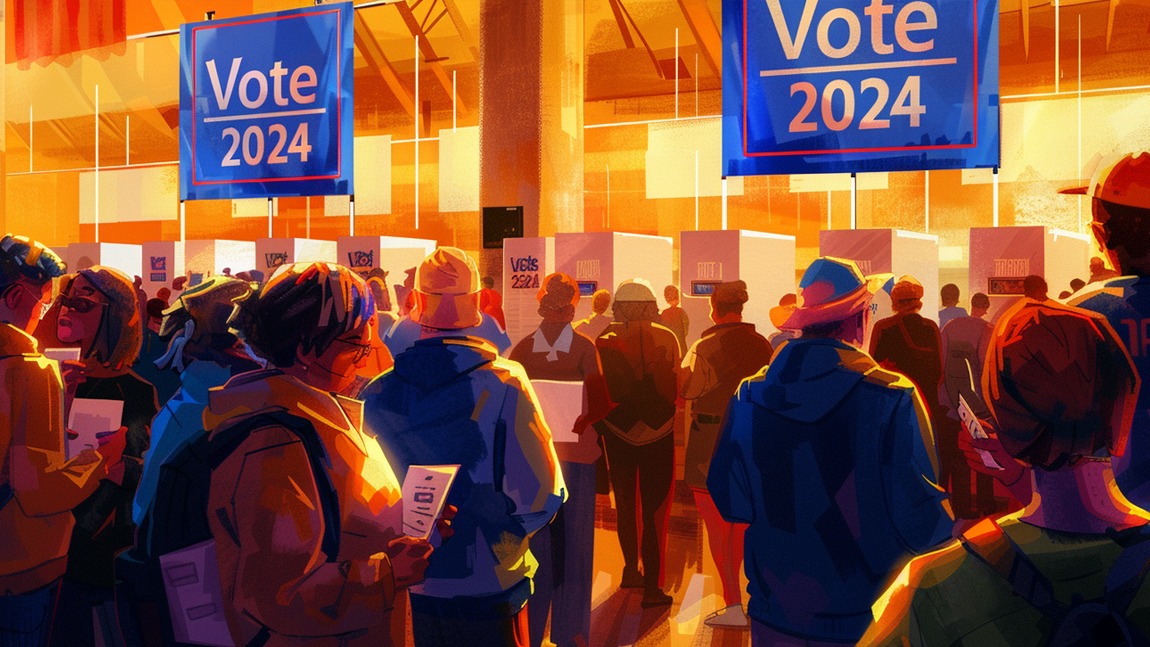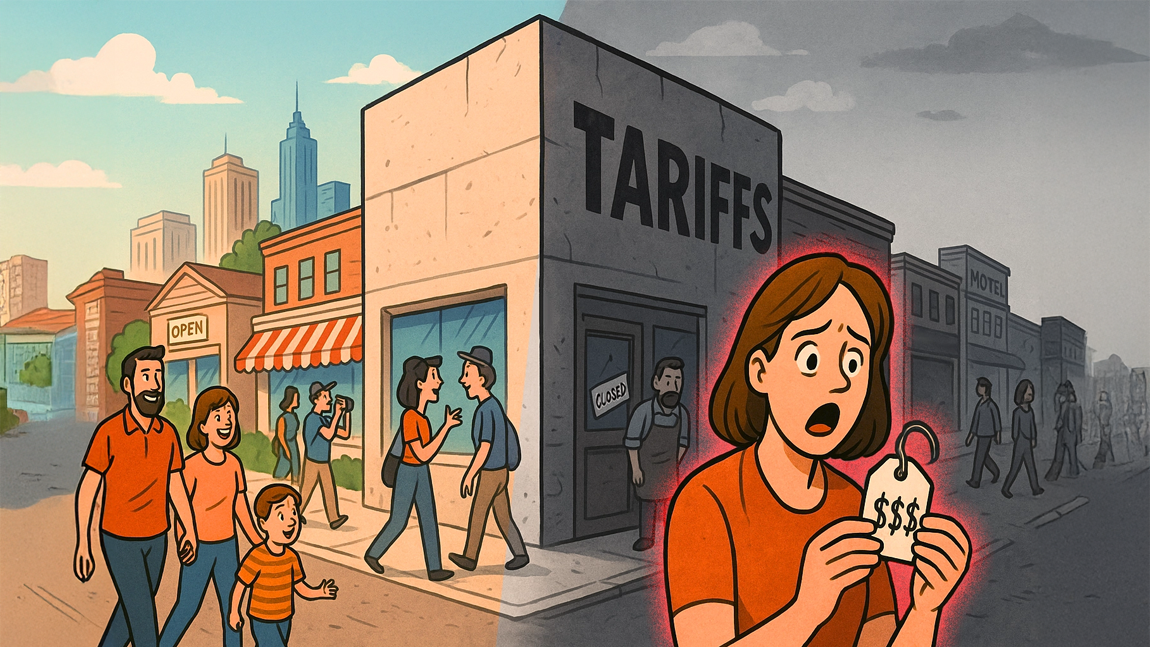We have arrived at an interesting point in the 2024 election. The highly anticipated prime-time events largely concluded with the Vice-Presidential Debate, and now the campaigns are settling in for the race to the finish. I believe an honest assessment of this race shows that while you’d rather be Kamala Harris right now, the margins are razor thin. This election is going to be exceptionally close. If the 2016 and 2020 presidential elections, and the 2022 midterm elections, taught us anything, it’s that voter turnout is vital to success. Given our sharp political divisions, even the smallest shifts in voter turnout can decide an election.
In 2016, many of us watched in shock as Donald Trump won the presidency, and we all asked the same question: “How could this happen?” A simplistic analysis suggests that too many people viewed Trump as unserious and unelectable, assuming Hillary Clinton would win. This led to suppressed motivation and turnout. A small but significant percentage of Obama voters didn’t vote in 2016, and Donald Trump won. While some voters flipped to Trump, and he exceeded expectations in several demographics, the largest factor in Clinton’s loss was depressed turnout. A winnable election was lost because too many people chose to stay home, and there’s a rational fear that this could happen again.
The 2020 election, in contrast, saw higher voter turnout, driven by factors such as the COVID-19 pandemic, the fight for racial justice, and, for some, an abundance of free time. Thanks to a strong ground game and the efforts of surrogates like Stacey Abrams, the Biden campaign was able to motivate voters and post enough gains to defeat Trump with a record number of votes nationally. But—and this is a huge “but”—that record number of votes translated to an extraordinarily close win in the electoral college. Biden’s victory was largely powered by urban voters of color and suburban voters around key Rust Belt and Sun Belt cities. Some of those voters have yet to return for the 2024 election, and the Harris-Walz campaign is focused on bringing that coalition back into the fold.
Will 2024 resemble 2016 or 2020? Perhaps the 2022 midterm elections offer some insight. Those midterms were famous for predictions of a “red wave” sweeping Congress. While the Republican party did take the House, notably overperforming in New York and Florida, Democrats maintained control of the Senate, and the “red wave” never materialized. This wasn’t the wipeout we feared—good news, right? Not so fast. These losses can largely be attributed to the drop-off of 2020 Biden voters who didn’t vote in 2022. While 2022 could have been worse, it could have been a lot better too. In a race as close as the 2024 election is shaping up to be, it’s important to learn not only from the successes of 2020 but also from the failures of 2016 and 2022, where even moderately depressed turnout had significant ramifications.
Another reason to focus on increasing turnout is that it reduces the need for vote-swapping, meaning relying on a percentage of Trump voters from 2016 or 2020 to vote for Harris in 2024. While it’s great to receive endorsements from Liz Cheney or to have Adam Kinzinger speak at the DNC, these don’t significantly move the needle with Republican voters. You might peel off a small percentage of Haley voters, which is crucial in a close election, but it’s easier and more efficient to re-engage voters who supported Obama, Clinton, or Biden in the past but haven’t yet committed to voting this year. In an extremely polarized electorate, it’s longer odds to flip a vote than it is to get someone off the couch.
You might be wondering how this applies in deep red Horry County, or thinking your opinion doesn’t matter—you’re just a blue dot in a red sea. The truth is, in the information age, your opinion does matter, and you can share it with friends and family all across the country very easily. I’m presently trying to convince a friend back home to vote for Harris after they wrote in a name in the last two elections. It may or may not work, but it’s absolutely worth the effort. Furthermore, your opinion and vote matter locally, in elections for School Board, County Council, State Senate, and the U.S. House of Representatives. The movement to turn Horry County blue starts with local representation and supporting our candidates.
The 2024 election is shaping up to be the tightest race in recent memory. The Harris campaign has generated tremendous enthusiasm, and now we must translate that enthusiasm into votes. The joy, optimism, and good vibes from the campaign have given us all hope for the future, but we must remain clear-eyed about what’s required to bring home a win on the 5th of November. We cannot rest on our laurels. Victory will require each of us to do our part and ensure our friends and family do theirs—by voting. If we all work together, we can finally gain some representation here in Horry County. If we go a little further, we can increase our numbers in the Statehouse, in the U.S. House, and hold our local politicians accountable.






